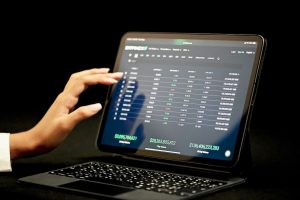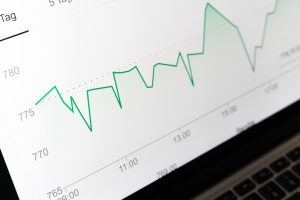Forex (Foreign Exchange) figures can be confusing for beginners, but they are crucial to understanding the currency market. Forex figures are the numerical values that represent the exchange rate between two currencies. These figures are used to determine the value of one currency in relation to another currency. In this article, we will discuss how to read forex figures.
Forex figures are expressed in pairs, where the first currency is known as the base currency and the second currency is known as the quote currency. For example, in the EUR/USD pair, the euro is the base currency and the US dollar is the quote currency. The exchange rate between the two currencies indicates how much of the quote currency is required to buy one unit of the base currency.
In forex trading, figures are displayed in four decimal places. For example, the exchange rate between the euro and the US dollar might be 1.2345. The fourth decimal place is referred to as a pip, which stands for “percentage in point”. A pip is the smallest unit of measurement in forex trading, and it represents the smallest possible change in price.
When reading forex figures, it’s important to understand the bid-ask spread. The bid price is the price at which the market is willing to buy the base currency, while the ask price is the price at which the market is willing to sell the base currency. The difference between the bid and ask prices is known as the spread. The spread represents the cost of trading, and it is typically higher for less liquid currency pairs.
In addition to the bid-ask spread, forex traders also need to understand leverage. Leverage allows traders to control a large amount of currency with a relatively small investment. For example, if a trader uses 100:1 leverage, they can control $100,000 worth of currency with just $1,000 of their own money. While leverage can increase potential profits, it also increases potential losses.
To read forex figures, it’s also important to understand the different types of orders. A market order is an order to buy or sell a currency pair at the current market price. A limit order is an order to buy or sell a currency pair at a specific price. A stop order is an order to buy or sell a currency pair when the price reaches a certain level.
In addition to orders, forex traders also need to understand technical analysis. Technical analysis involves using charts and other tools to identify patterns in price movements. Traders use technical analysis to identify entry and exit points for trades, as well as to predict future price movements.
Finally, it’s important to understand the economic factors that can affect forex figures. Economic indicators such as GDP, inflation, and unemployment can all affect the value of a currency. Traders need to stay up-to-date on economic news and data releases to make informed decisions about trades.
In conclusion, reading forex figures is a crucial skill for forex traders. By understanding the bid-ask spread, leverage, orders, technical analysis, and economic factors, traders can make informed decisions about trades. While forex trading can be complex, with practice and education, anyone can learn to read forex figures and make profitable trades.






